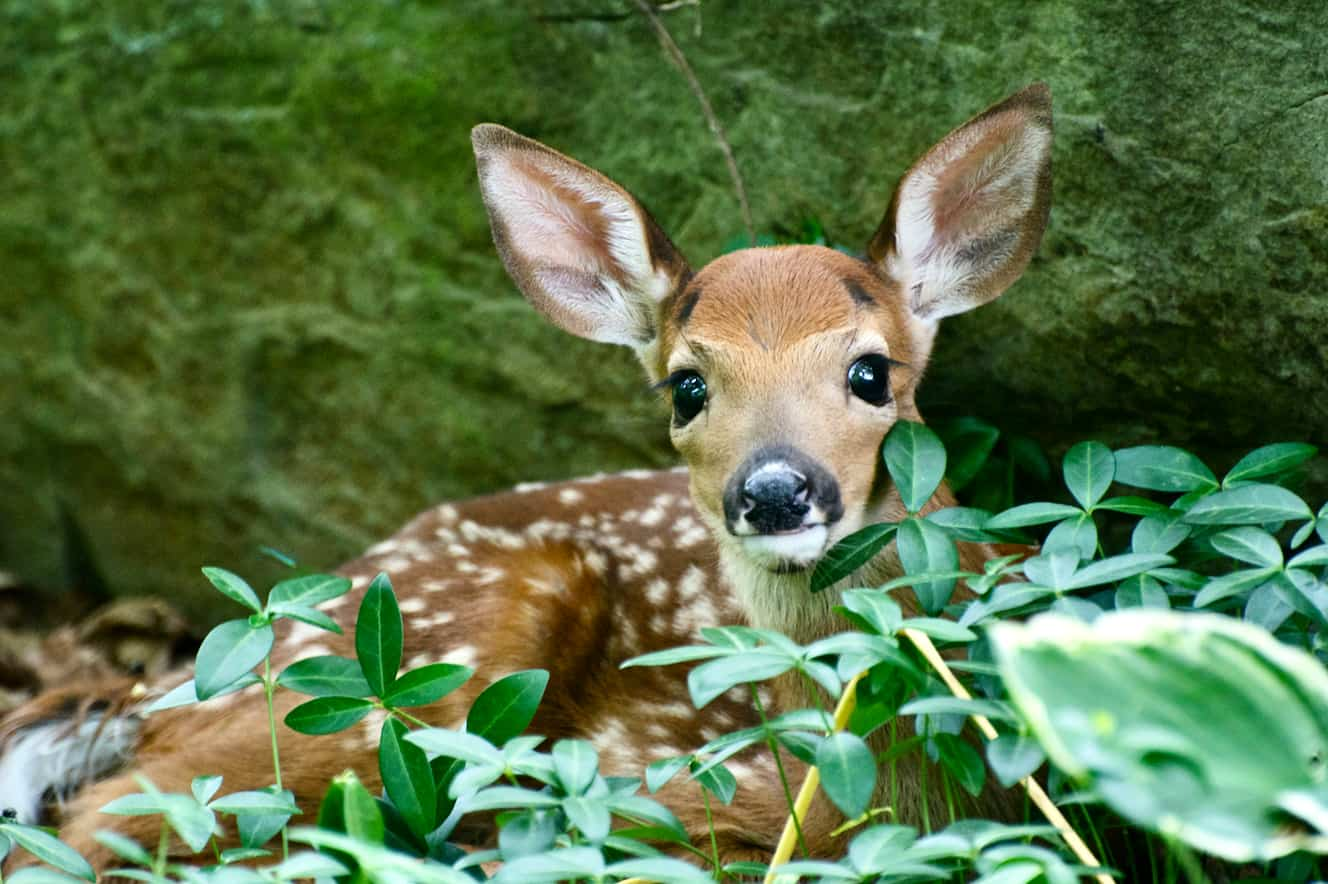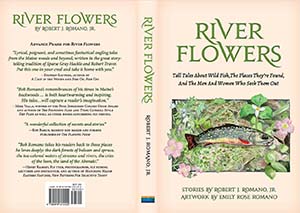May Days

It’s hard not to smile as I tramp through a meadow sprinkled with dandelions and buttercups. Upon my approach, a pair of robins fly onto a nearby apple tree, pink blossoms sprinkling down from its branches. For the first time since last spring, I can feel the sun on the back of neck.
A warm breeze carries with it the scent of honeysuckle as I draw closer to the stream. The delicate petals of violets, bluets, and wild geraniums add touches of soft color along the path leading down to the water. I wake a garter snake lying across the trail. Watch as it slithers into the high grass alongside the narrow path.
Hidden among the tops of the sun-dappled hardwoods, are black-and-white warblers, their calls sounding like rusted wheels while the melodic notes of a white-throated sparrow rise from a tangle of brambles. Rain earlier in the month has brought the little freestone brook back to life. Like an old friend, the sound of the current rises to greet to me.
I pluck a pheasant-tail pattern from the tin carried in my shirt pocket, one with a calf-tail post and mahogany hackle wound parachute style, my favorite dry fly when fishing Bonnie Brook. Slipping on a pair of reading glasses, without which it would be impossible to thread the 5X tippet through the eye of the hook, I tie an improved clinch knot and secure the fly with bit of my saliva before pulling it tight.
After entering the stream, I stumble across cobble and stone. On my first attempt, the generic pattern falls short of its target. On the next, it becomes tangled in the thorny branches of a wild rose. I’m casting a seven-foot fly rod crafted from cane by the Pennsylvania artist and rod maker, Tom Whittle. It takes time, but eventually my rhythm returns. Working upstream, the #14 fly bounces down riffles, over the seams on either edge of the current, and edges of either bank.

Bob Romano’s newest book River Flowers is available now. Visit forgottentrout.com for ordering information.
As the generic pattern drifts through a set of shadows, a trout splashes through the surface, a crimson slash down its nine-inch flank. Another rises from along the shoulder of a boulder. No longer than six inches, the char’s sides are speckled with brightly colored spots, its belly the color of honey. I release a second brookie when the fish slips from under the fallen trunk of an ash tree to grab the imitation.
Not long after, I come to a concrete bridge that spans the stream. A number years back I released two brook trout, each measuring twelve inches, after an afternoon of hard rain had swelled the pool below the abutment. Ever since, I’ve cast my flies into that pool without encountering a fish large. I do the same on this afternoon, but without success.
Wading under the bridge, I disturb a phoebe from her perennial nest of mud. Emerging back into sunlight, I cast above a plunge pool, holding my rod high, watching the calf-tail bob up from the white rush of foam as the fly swirls over a dark stretch of water no wider than our kitchen sink. When the fish rises upward, I pull back, the bamboo tip trembling with life—another rainbow trout, this one nearer to ten inches.
Seated upon a moss-covered boulder, I clean the fly with a chamois patch cut from the sleeve of an old shirt. Working the pattern through a bottle of desiccant, I glance down at a mass of trout lilies spreading down from the forest floor where they join a colony of Mayapples. A few feet away, a patch of horsetails, those survivors from the Paleozoic era, spread down to the water. A chipmunk chatters a complaint from the far shore. After apologizing to the little rover, I move on.
The hardwoods turn to conifers as the stream narrows, forming a series of plunge pools, like steps tumbling down through a cedar forest. I release two brook trout, scrappy fish—one a fingerling, the other palm size, with a fierce-looking jaw. In a larger run, I call Landing Pool because it appears at the top of stairs, I make a decent cast, the pheasant-tail floating down a seam until taken by a nice fish that zigs and zags before coming to my hand.
A brown trout this high up is a surprise and I decide it is a good fish to end the afternoon. I close my eyes for a moment, let the sound of the current carry me along with it, when a rustling under the cedars draws my attention away from the stream. Trilliums rise through the duff. A colony of lady’s slippers spreads outward from the trunk of a fallen tree. Higher up, red-and-gold flowers of a columbine, like little trumpets, rise from between a crack in a large boulder. And then I see her. Lying perfectly still, tawny sides, white dots duplicating the surroundings. It’s the eyes that give the little scamp away. I slowly step back down the stream, not wishing to disturb the newborn fawn.
On the long tramp back to the truck, a quote attributed to Confucius comes to mind. It goes something like “Life is really simple, but we insist on making it complicated.”










